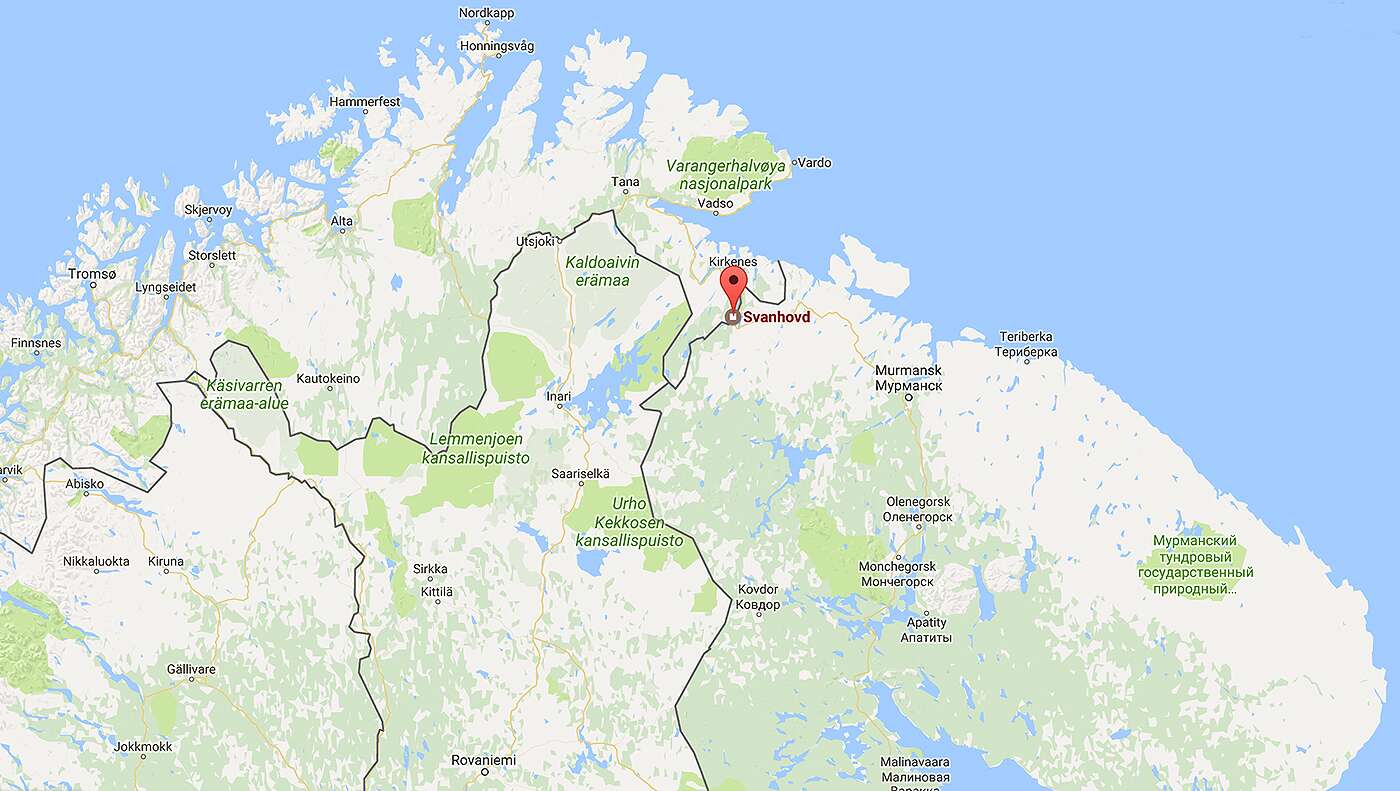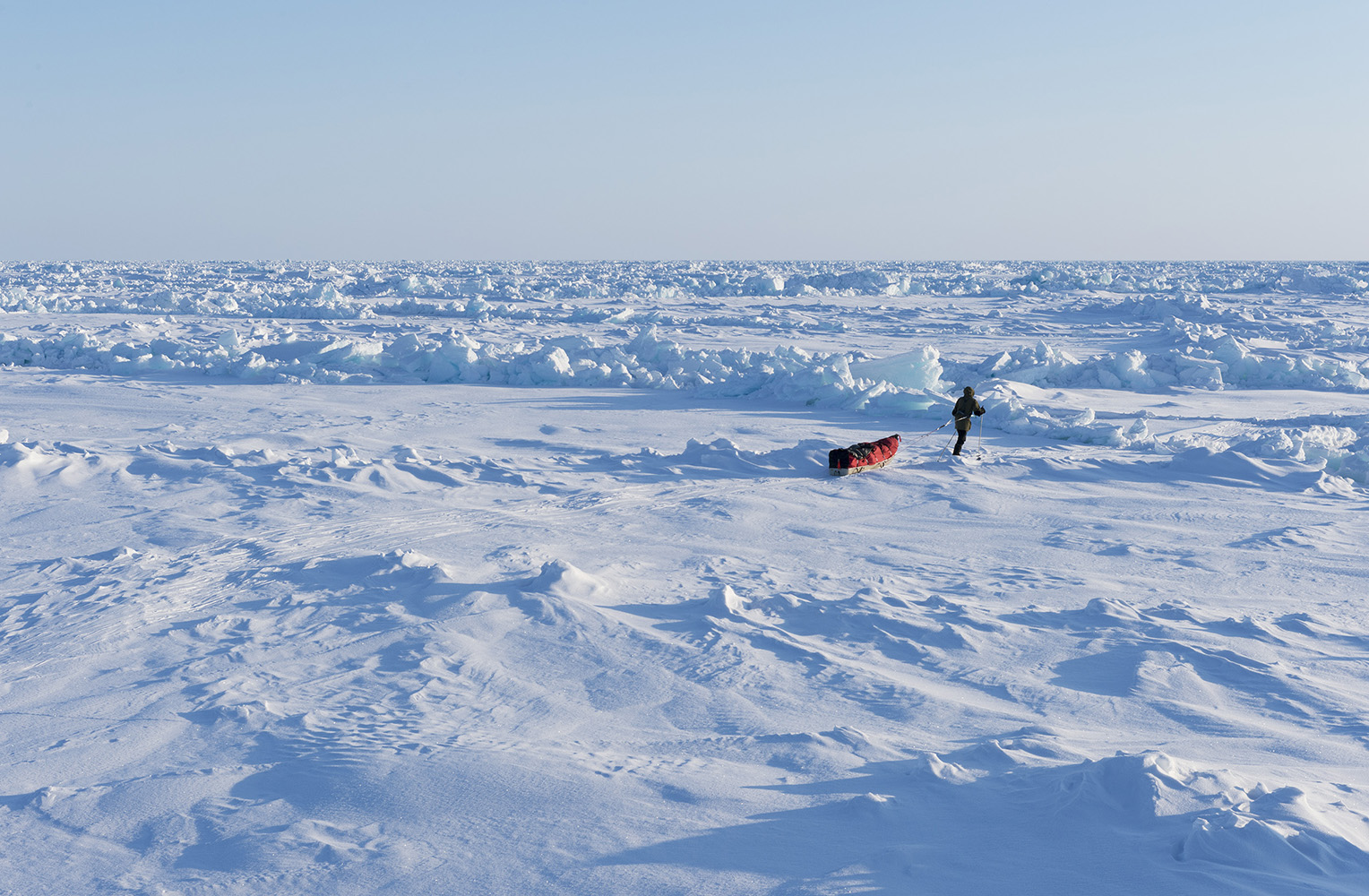Hamartia Antidote
ELITE MEMBER

- Joined
- Nov 17, 2013
- Messages
- 35,188
- Reaction score
- 30
- Country
- Location
http://www.euractiv.com/section/cli...n-observatories-detect-iodine-leak-in-europe/

If the leak had come from a nuclear power station, other substances would also have been detected.
Nobody knows who released the substance, but radioactive iodine has been detected across Europe in recent weeks. EURACTIV’s partner Journal de l’Environnement reports.
The technicians of Europe’s informal network of radioactivity surveillance experts, the Ring of Five, were the only ones to notice the spike in radiation levels. In the second week of January, the alert sounded in the north of Norway, with traces of iodine 131 detected in the air.
Other observations followed in Finland, Poland, the Czech Republic, Germany, Spain and France, according to the French Institute for Radiological Protection and Nuclear Safety (IRSN).
In France, levels of iodine-131 did not exceed 0.31 microbecquerel per cubic meter of air (μBq / m3), according to the IRSN, a thousand times less than the levels recorded following the Fukushima nuclear disaster in 2011.
Iodine-131 is a radionuclide with a half-life of just over 8 days. So for it to have been detected, it must have been released shortly before. The source of the substance is still unknown.
Difficult modelling
But suspicions are rife. “We are leading the inquiry,” said Jean-Christophe Gariel, from the IRSN. “This means we are essentially reversing the trajectory of the iodine pollution in order to find out where it came from. But taking into account the weather in recent weeks, it will not be easy to model.”

The type of radioactive pollution means nuclear power stations can be struck off the list of possible suspects.
“We have only detected iodine. If there had been an accident, like the ones in Fukushima or Chernobyl, we would have had leaks of other substances, like caesium,” Gariel said.
Among the theories considered most likely is that a manufacturer of medical radio-isotopes, probably in Eastern Europe, suffered a leak. This incident closely resembles an episode from 2011, when the Budapest isotopes institute released – legally and harmlessly – an amount of radioactive iodine into the environment.
At the time, this caused a big stir in the European radiological protection community.

If the leak had come from a nuclear power station, other substances would also have been detected.
Nobody knows who released the substance, but radioactive iodine has been detected across Europe in recent weeks. EURACTIV’s partner Journal de l’Environnement reports.
The technicians of Europe’s informal network of radioactivity surveillance experts, the Ring of Five, were the only ones to notice the spike in radiation levels. In the second week of January, the alert sounded in the north of Norway, with traces of iodine 131 detected in the air.
Other observations followed in Finland, Poland, the Czech Republic, Germany, Spain and France, according to the French Institute for Radiological Protection and Nuclear Safety (IRSN).
In France, levels of iodine-131 did not exceed 0.31 microbecquerel per cubic meter of air (μBq / m3), according to the IRSN, a thousand times less than the levels recorded following the Fukushima nuclear disaster in 2011.
Iodine-131 is a radionuclide with a half-life of just over 8 days. So for it to have been detected, it must have been released shortly before. The source of the substance is still unknown.
Difficult modelling
But suspicions are rife. “We are leading the inquiry,” said Jean-Christophe Gariel, from the IRSN. “This means we are essentially reversing the trajectory of the iodine pollution in order to find out where it came from. But taking into account the weather in recent weeks, it will not be easy to model.”

The type of radioactive pollution means nuclear power stations can be struck off the list of possible suspects.
“We have only detected iodine. If there had been an accident, like the ones in Fukushima or Chernobyl, we would have had leaks of other substances, like caesium,” Gariel said.
Among the theories considered most likely is that a manufacturer of medical radio-isotopes, probably in Eastern Europe, suffered a leak. This incident closely resembles an episode from 2011, when the Budapest isotopes institute released – legally and harmlessly – an amount of radioactive iodine into the environment.
At the time, this caused a big stir in the European radiological protection community.








